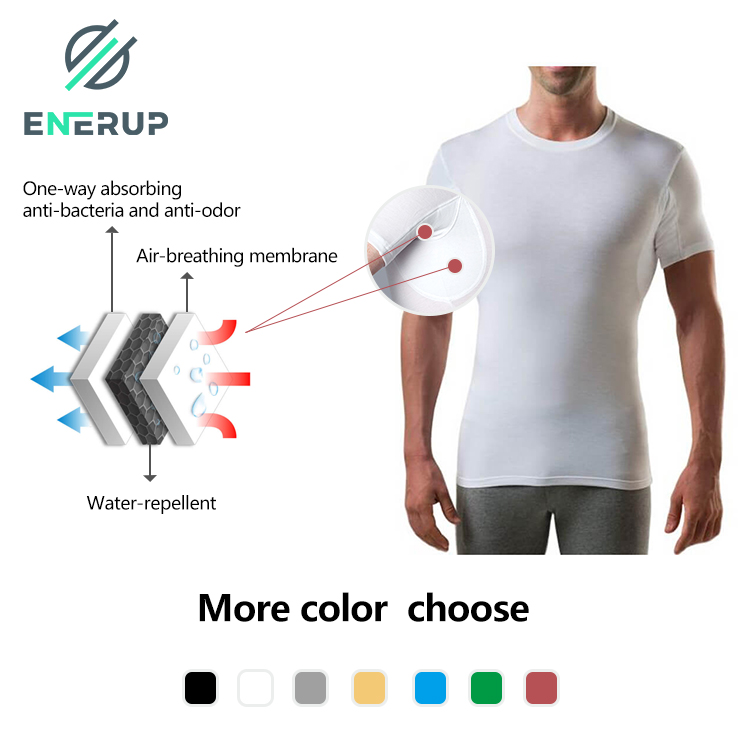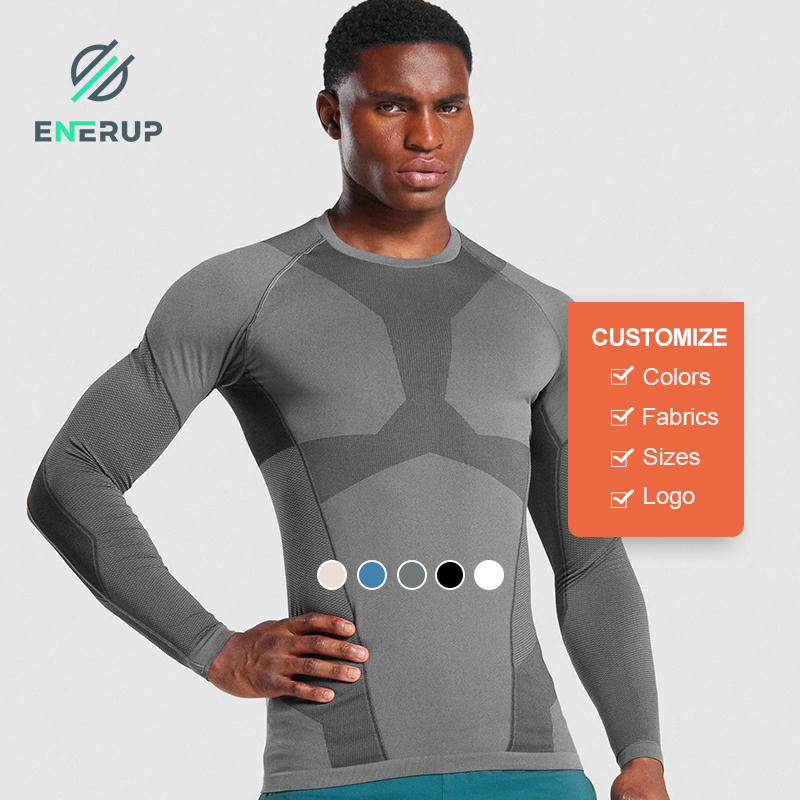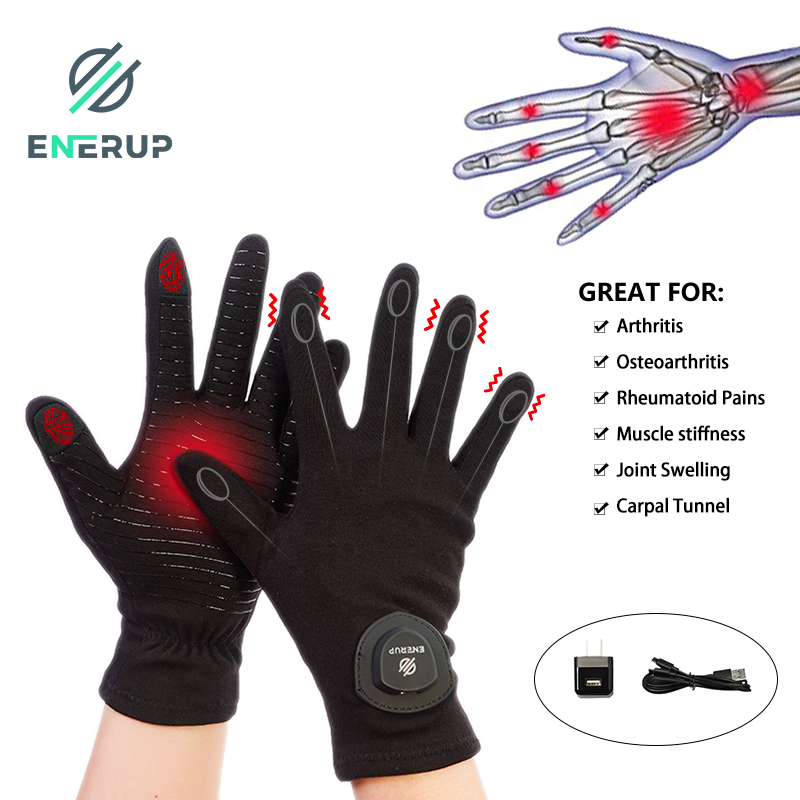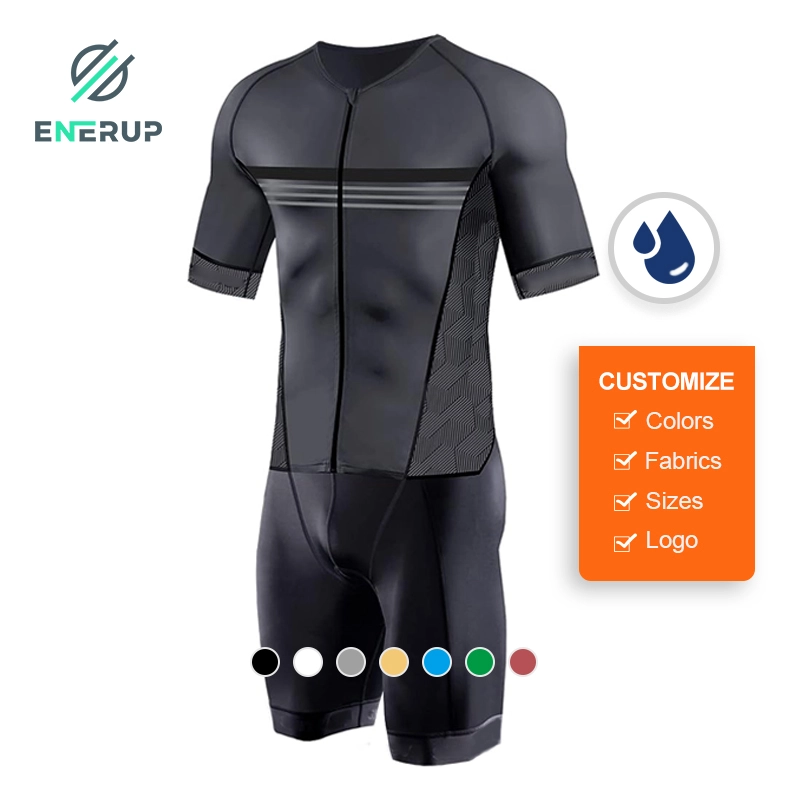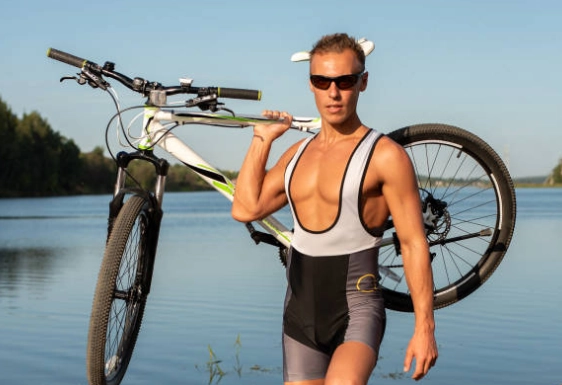Cycling jerseys are crafted to hug the body closely. Many riders ask—why are cycling jerseys so tight? The reason ties to output, ease, and airflow. A snug jersey cuts wind drag, handles sweat well, and aids muscles on lengthy rides. Still, finding the right fit means balancing squeeze and airiness. This guide dives into why tight jerseys count, how to pick the perfect size, and how to tend your jersey for lasting use.
The Science Behind Tight Cycling Jerseys
Aerodynamics and Speed Optimization
A top cause for why cycling jerseys are so tight is airflow. At swift paces, baggy gear creates resistance, slowing you down. A close-fitting jersey trims extra cloth flapping in the breeze. This allows smoother air movement around you. It matters most for road riders and racers aiming to keep speed with less strain.
Muscle Support and Fatigue Reduction
Squeeze is another big factor for a tight fit. A snug cycling jersey steadies muscles, cutting shakes and easing tiredness over long treks. By giving mild pressure, it also boosts blood flow. This helps muscles bounce back faster. That’s why top-tier jerseys often blend spandex. It offers just the right stretch and backing.
Moisture Management and Comfort
Sweat control is vital in cycling. A tight jersey lets sweat-pulling fabrics work smoothly. It draws dampness off the skin and lets it fade fast. This keeps the rider dry and stops rubbing—a frequent woe with loose, wet cloth scraping the skin. The close fit also keeps the fabric touching the body. That maintains ideal heat balance.
How Tight Should a Cycling Jersey Be?
The Goldilocks Rule: Not Too Loose, Not Too Tight
Cycling jerseys should cling but not feel binding. The aim is a second-skin vibe without choking blood flow. A well-sized jersey should be snug enough to stay put without shifting. Yet, it shouldn’t be so tight that it pinches or hampers breathing.
Signs of a Poor Fit
A badly sized cycling jersey can spark troubles on rides. If it’s overly tight, it might pinch skin or squeeze the chest and shoulders. It could also limit motion. If too loose, it might bunch up or create drag. Excess cloth movement might cause rubbing too.
Sizing Tips for Different Body Types
Cyclists vary in build, so fit depends on personal shape. Riders with wider shoulders might need a bigger size for ease. Those with a lean frame should check it’s not too slack at the waist. Reviewing brand size guides and testing fits can nail the sweet spot between squeeze and comfort.
What Are Cycling Jerseys Made Of?
Performance Fabrics Explained
Cycling jerseys are usually woven from top-notch synthetic stuff like polyester and spandex mixes. These offer great sweat-pulling traits, stretch, and toughness. Some premium jerseys use green options, like reused polyester, to lessen eco-harm.
Advanced Fabric Technologies
Today’s cycling jerseys boast clever fabric tricks to boost output. Some have odor-fighting treatments to keep them fresh. Others offer heat control for steady warmth and UV shielding for sunny spins. These upgrades lift ease and stretch the jersey’s life.
Custom Material Options
For riders craving unique touches, custom jerseys shine. Firms like Harvest SPF Textile Co., Ltd provide tailoring services. They let brands pick prime materials, squeeze levels, and styles suited to specific cycling wants.
How to Choose a Cycling Jersey
Prioritizing Function Over Fashion
When picking a cycling jersey, use trumps looks. Riders should weigh the weather they ride in. Airy, light fabrics suit hot days well. Meanwhile, heat-lined jerseys bring warmth in cool spells. Road riders might favor sleek race fits. Mountain bikers often pick slightly looser cuts for freer motion.
Compression Levels Decoded
Cycling jerseys vary in squeeze strength. Light pressure fits casual riders fine. It gives ease without being too snug. Mid-squeeze jerseys offer more muscle aid. They’re great for long-haul cycling. High-squeeze ones suit pro riders and racers needing max airflow perks.
Sustainable and Ethical Choices
Green-minded riders can opt for jerseys from eco-friendly stuff, like organic or reused polyester. Many brands now lean toward fair making ways to cut waste and emissions. Checking tags like OEKO-TEX or GRS (Global Recycled Standard) spots ethical picks.
Practical Guide: Wearing and Caring for Cycling Jerseys
Do You Wear Anything Under a Cycling Jersey?
Riders often ponder if a base layer goes under a jersey. In warm weather, skipping it lets the sweat-pulling fabric shine. Yet, in cold times, a thin base layer adds warmth without losing airiness. Some also wear a light undershirt for cleanliness and extra ease.
How to Wash Cycling Jerseys Properly
Good care stretches a cycling jersey’s life. Always rinse jerseys in cool water on a soft cycle. This avoids fabric harm. Skip fabric softeners—they can dull sweat-pulling power. Air drying is best to keep stretch and avoid shrinking.
Extending Your Jersey’s Lifespan
Storage impacts a jersey’s staying power too. Keep jerseys in a dry spot away from direct sun. This stops fabric wear. Small flaws, like loose threads or tiny rips, should be fixed fast. That prevents bigger damage.
Debunking Myths: Do Cycling Jerseys Make a Difference?
Performance vs. Casual Rides
Casual riders might not need a top-tier jersey. But frequent cyclists will feel the perks. A well-fit jersey boosts ease and cuts sweat pile-up. It also gives needed muscle aid. For long spins, a quality jersey can lift stamina and ease post-ride weariness.
Cost vs. Value Analysis
Pricier jerseys often bring better fabric tech, toughness, and fit. They might cost more upfront. Still, the lasting gains make it worth it. Budget jerseys suit rare riders fine. But keen cyclists gain from splurging on premium picks.
FAQs About Cycling Jerseys
Are cycling jerseys supposed to be tight?
Yes, a close fit boosts airflow, sweat control, and muscle aid without binding motion.
How tight should my cycling jersey be?
It should feel like a second skin—snug yet not binding. You should move freely without extra cloth.
Do you wear anything under a cycling jersey?
It’s up to you. Some wear a base layer for added ease. Others prefer the jersey’s sweat-pulling fabric alone.
How long should a cycling jersey be?
It should shield your lower back when bent over the bars, avoiding bare spots.
How to wash a cycling jersey?
Use cool water and a soft cycle. Skip softeners. Air drying keeps stretch intact.
Final Tips and Next Steps
Embrace the Fit, Enjoy the Ride
Grasping why cycling jerseys are tight helps riders value their perks. A well-fit jersey lifts output and ensures a cozy ride. Picking the right size, fabric, and squeeze level can shift the game.
Ready to Upgrade? Explore Custom Solutions
For riders and brands seeking top-notch, custom cycling jerseys, Harvest SPF Textile Co., Ltd has tailored fixes. With cutting-edge materials, seamless builds, and green options, their jerseys mix ease, toughness, and airflow.
Have more queries about cycling jerseys or custom styles? Reach out to Harvest SPF Textile Co., Ltd. Explore how their advanced fabrics and ODM services can boost your ride—or your brand.


